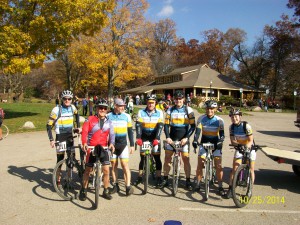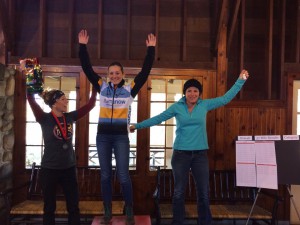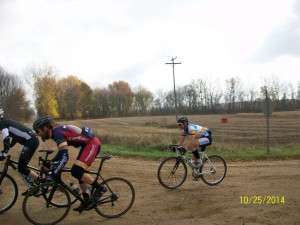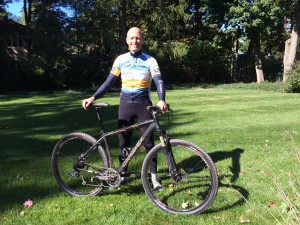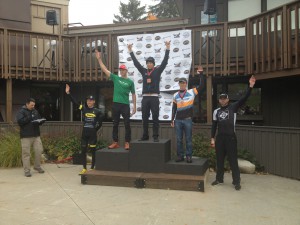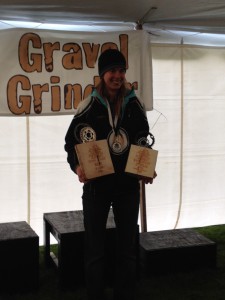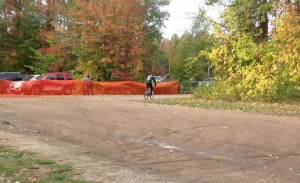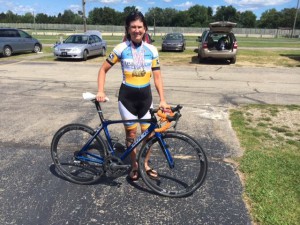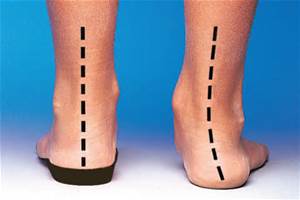By Collin Snyder, Team OAM NOW cyclist
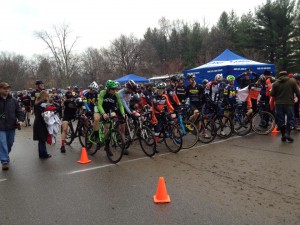 This past Sunday was the Michigan State Cyclocross Championship at Rochester’s Bloomer Park. This year’s edition was straight out of the Belgian’s playbook. A week of cold temperatures brought a couple inches of snow followed by a nice swing of warm but wet air Friday evening. Rain started falling mid-day Saturday and continued up until race time. This combination turned the grassy field into a soft mud pit which would only get more torn up by the lap.
This past Sunday was the Michigan State Cyclocross Championship at Rochester’s Bloomer Park. This year’s edition was straight out of the Belgian’s playbook. A week of cold temperatures brought a couple inches of snow followed by a nice swing of warm but wet air Friday evening. Rain started falling mid-day Saturday and continued up until race time. This combination turned the grassy field into a soft mud pit which would only get more torn up by the lap.
As always, I’m a glutton for punishment, so I doubled up on races by doing the Elite race at noon followed shortly by the Single Speed race. My CX season has played like a broken record. In the A race, I tried, but failed to hang with the really fast guys, and then settled into “having fun while not getting last” mode. So far, it’s been successful. The second race is more my forte. In the single speed race, the top 5 guys are fairly equal in ability which results in an action packed, neck and neck, shoot out for 30 minutes. It’s a true blast.
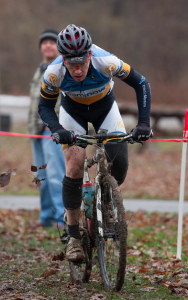 My first race was eventful to say the least. On the opening pavement straight, not 100 feet into the race, a Marian Collegiate rider pulled a squirrelly move resulting in his back skewer going into my front wheel and taking out 2 spokes. It went south quickly. Luckily, I had my single speed waiting for me in the pits; I just had to make it there. I slipped and slid to the pits and, less than 2 minutes into the race, I was already on my backup bike…which I didn’t test ride before the race. If I had, I would have found the front tire way too low. Every time I stood up, I would bottom out the rim.
My first race was eventful to say the least. On the opening pavement straight, not 100 feet into the race, a Marian Collegiate rider pulled a squirrelly move resulting in his back skewer going into my front wheel and taking out 2 spokes. It went south quickly. Luckily, I had my single speed waiting for me in the pits; I just had to make it there. I slipped and slid to the pits and, less than 2 minutes into the race, I was already on my backup bike…which I didn’t test ride before the race. If I had, I would have found the front tire way too low. Every time I stood up, I would bottom out the rim.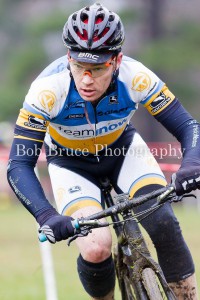
I yelled to some buddies watching to “Find a front wheel!” I rode another 2 laps until Todd Ace donated his front wheel and they fixed my broken geared bike. I came to the pits the next time around to do one of those bike hand offs that would make Sven Nys proud, but we failed miserably. I came in too fast, while Todd had too tight of a grip on the bike. I race bikes because I can’t catch a football, but it turns out I’m bad at catching handle bars too. I butter-fingered it and ended up missing the bike completely. I had to stop, turn around, grab the bike and go. As far as I know, it wasn’t captured on film. Phew!
The rest of that race was less eventful. I passed some people, got passed by the fast master’s racers, but didn’t get lapped. I did that all while staying upright for the whole race. I’d say that’s a success.
Now the race I really cared about.
For the past two years, I’ve battled it out, complete with banging bars and rubbing elbows, with Rich Stark and Brian Hancock for the SS CX State Championship. Both years I’ve lost in the closing meters. This year, I was hoping to break the 2nd place streak.
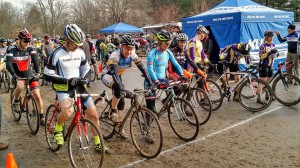 Besides Rich and Brian, Andy Fedewa, Michael Green and Todd Ace were all stiff competition. The gun went off and, instantly, we were spinning our legs off at 25 mph by the end of the straight. Right away Andy took the lead, with me, Hancock and Brian Kearns of AAVC following behind. I had never raced with Kearns before, so I had no clue what to expect. He was riding very offensively, trying to gain a position in every corner. With him as a potential wild card, I figured an early attack was needed. I went off the front hard, only to have both Hancock and Kearns follow.
Besides Rich and Brian, Andy Fedewa, Michael Green and Todd Ace were all stiff competition. The gun went off and, instantly, we were spinning our legs off at 25 mph by the end of the straight. Right away Andy took the lead, with me, Hancock and Brian Kearns of AAVC following behind. I had never raced with Kearns before, so I had no clue what to expect. He was riding very offensively, trying to gain a position in every corner. With him as a potential wild card, I figured an early attack was needed. I went off the front hard, only to have both Hancock and Kearns follow.
The straight leading up to the only set of barriers on the course was so trenched with mud, it was almost faster to run than it was to ride; there was less potential for crashes. Kearns turned out to be a very fast runner and made up any time I had put on him in the preceding sections.
The three of us battled it out for the remainder of the lap. On the second lap, I attacked at the same place I did before; however, this time, only Kearns was able to hold on. I held a hard pace, while I kept peeking back to see if I was shaking him. I wasn’t. On a muddy hair pin run up, his running skills trumped mine and he got around me.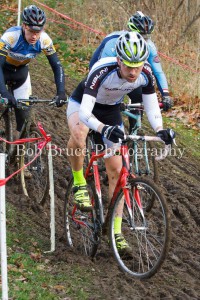 I knew I couldn’t give him an inch. I rode his wheel until we got to a really technical part where he started to slow. I attacked again and actually got some distance on him. At this point, there were only 2 laps to go; I just needed to stay upright, but with the mud, it was easier said than done.
I knew I couldn’t give him an inch. I rode his wheel until we got to a really technical part where he started to slow. I attacked again and actually got some distance on him. At this point, there were only 2 laps to go; I just needed to stay upright, but with the mud, it was easier said than done.
With a lap and a half to go, I had a small bobble and literally tripped over my own feet at the base of a slick run up hill. Panic set in as Brian almost reached me again.
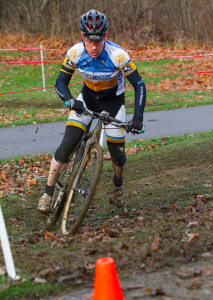 As soon as I made it over the run up, I remounted and attacked again, regaining my slight advantage. With a lap to go, I knew I had to keep the pace up to capture the win. On every straight, I got out of the saddle and sprinted while being extra careful in the corners.
As soon as I made it over the run up, I remounted and attacked again, regaining my slight advantage. With a lap to go, I knew I had to keep the pace up to capture the win. On every straight, I got out of the saddle and sprinted while being extra careful in the corners.
On the last couple corners, I peeked back and saw a nice healthy gap. When I made it to the final straight, I was able to savor the win. After 3 years, I was finally able to claim the Michigan State Champion title along with my fifth win in the Tailwind Cross series.






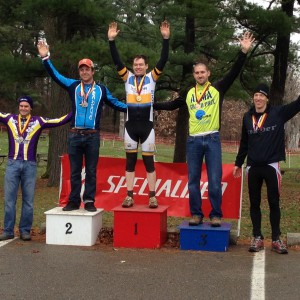
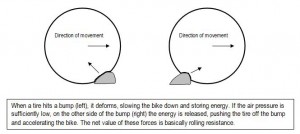
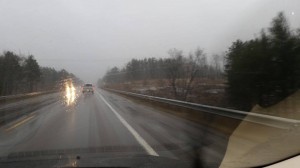
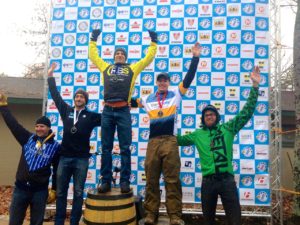 I give it everything I have left, but it was just a bit too late. I stop the clock at 2:05:15. Turns out, i was nearly 2:30 behind Greg, but a solid time none the less and good enough for 2nd place. Big congrats to Greg Kuhn of RBS Racing for having nearly the fastest non pro time, on a single speed no les,s and Joe Sidel of KLM Coldstone for holding onto third.
I give it everything I have left, but it was just a bit too late. I stop the clock at 2:05:15. Turns out, i was nearly 2:30 behind Greg, but a solid time none the less and good enough for 2nd place. Big congrats to Greg Kuhn of RBS Racing for having nearly the fastest non pro time, on a single speed no les,s and Joe Sidel of KLM Coldstone for holding onto third.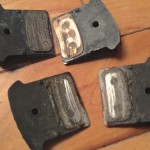
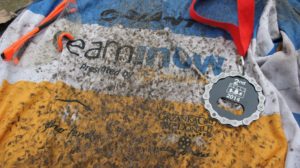 I’d like to give a huge shout out to all the OAM NOW rider’s who braved the weather along with anyone who raced. This was a year to remember.
I’d like to give a huge shout out to all the OAM NOW rider’s who braved the weather along with anyone who raced. This was a year to remember.